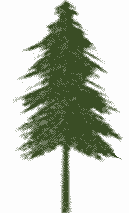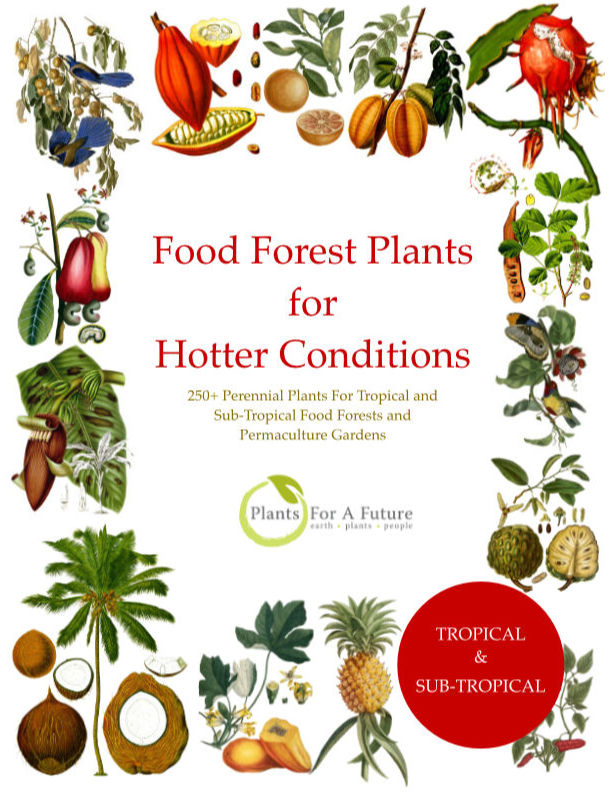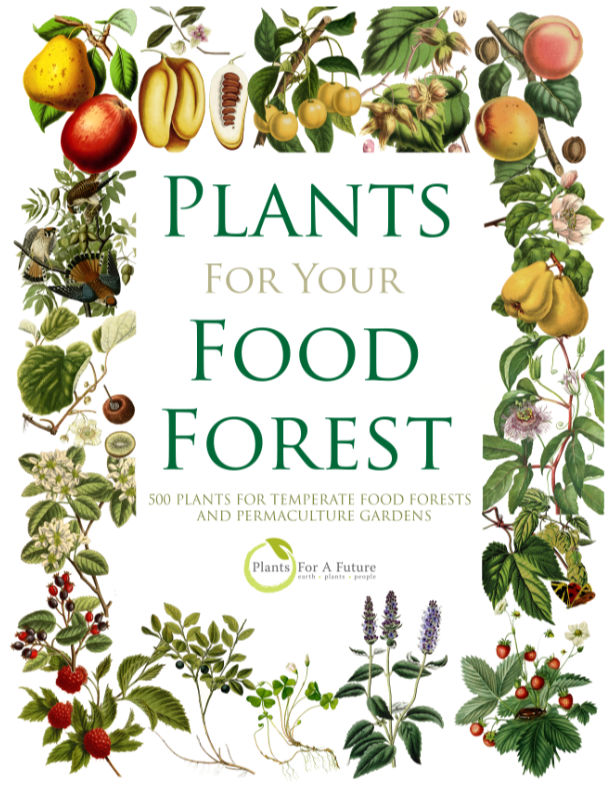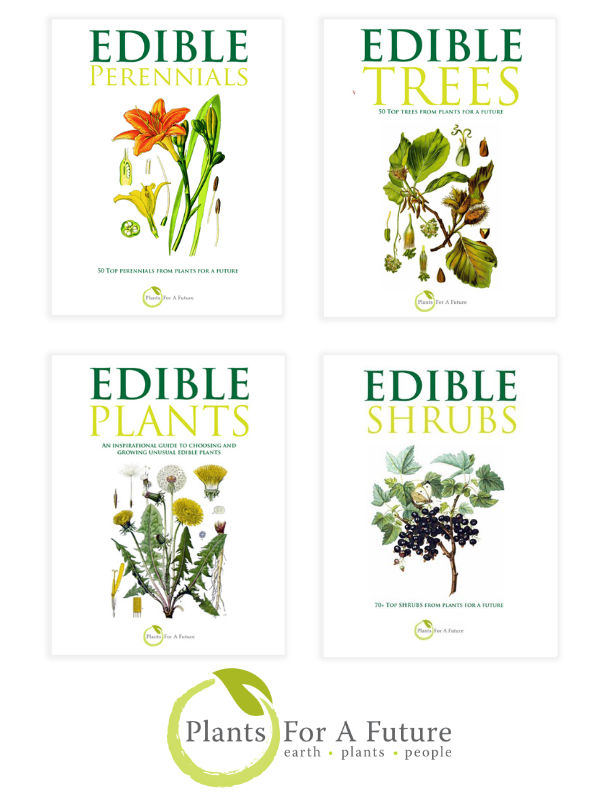Translate this page:
Summary
Swartzia leicalycina is a small tree found in Brazil and Peru. It is commonly harvested from the wild for medicinal purpose particularly against physical weakening due to age or medical conditions. This species is not edible. Its wood is of high quality - very heavy, very dense, very hard, and highly durable. Further, it is resistant to attacks of termites. A highly attractive wood, it is suitable for high quality furniture, cabinets, flooring, musical instruments, etc.
Physical Characteristics

 Swartzia leiocalycina is an evergreen Tree growing to 28 m (91ft) by 25 m (82ft) at a medium rate.
Swartzia leiocalycina is an evergreen Tree growing to 28 m (91ft) by 25 m (82ft) at a medium rate.
See above for USDA hardiness. It is hardy to UK zone 10.
It can fix Nitrogen.
Suitable for: light (sandy) and medium (loamy) soils and prefers well-drained soil. Suitable pH: mildly acid and neutral soils. It cannot grow in the shade. It prefers moist soil.
UK Hardiness Map
US Hardiness Map
Synonyms
Plant Habitats
Edible Uses
References More on Edible Uses
Medicinal Uses
Plants For A Future can not take any responsibility for any adverse effects from the use of plants. Always seek advice from a professional before using a plant medicinally.
None known
References More on Medicinal Uses
The Bookshop: Edible Plant Books
Our Latest books on Perennial Plants For Food Forests and Permaculture Gardens in paperback or digital formats.

Edible Tropical Plants
Food Forest Plants for Hotter Conditions: 250+ Plants For Tropical Food Forests & Permaculture Gardens.
More

Edible Temperate Plants
Plants for Your Food Forest: 500 Plants for Temperate Food Forests & Permaculture Gardens.
More

More Books
PFAF have eight books available in paperback and digital formats. Browse the shop for more information.
Shop Now
Other Uses
Furniture Wood
Other Uses: Heartwood is only found in the largest trees. It varies from a chocolate brown to a pale reddish purple or purplish brown, occasionally marked by dark olive or purplish-brown coloured stripes[ it is clearly demarcated from the 3 - 8cm wide band of white sapwood. The texture is very fine; lustre good; the grain generally straight but may be variable; odour or taste is not distinctive in dry wood. The wood is extremely heavy, very dense, very hard, compact, very strong, and resilient. The heartwood is generally reported to be very resistant to decay, but the sapwood, which makes up the bulk of the lumber produced, is not durable. The wood is rated resistant to damage by the dry-wood termite. It seasons slowly, with a high risk of checking but only a slight risk of distortion; once dry it is poorly to moderately stable in service. It is variously reported as being very difficult to moderately difficult to work with either hand or machine tools, for it is a hard, high-density wood. But there is general agreement that the wood finishes smoothly, turns very satisfactorily (as do many other very dense woods), it does not take stains well but polishes to a good sheen. It takes nails and badly unless the wood is prebored; gluing properties are poor. The heartwood is one of the most attractive woods on the export market, it is used for high quality purposes such as furniture, cabinet making, inlay, walking sticks, bagpipes, parquet flooring, and bows, and is recommended as a substitute for ebony for it polishes to a high lustre. The whitish sapwood is used in some localities for implement frames and spokes of wheels; the heartwood for posts, articles of turnery, furniture, cabinetwork, and heavy and durable construction. The sapwood has been recommended as a substitute for hickory (Carya) for those purposes requiring very strong, tough, and resilient material[378 ]. The wood should be well fitted for many other uses requiring a heavy, hard wood having high bending and compression strength, abrasion resistance, and durability[341 , 378 , 848 ].
Special Uses
Nitrogen Fixer
References More on Other Uses
Cultivation details
This species has a symbiotic relationship with certain soil bacteria; these bacteria form nodules on the roots and fix atmospheric nitrogen. Some of this nitrogen is utilized by the growing plant but some can also be used by other plants growing nearby[755 ].
References Carbon Farming Information and Carbon Sequestration Information
Temperature Converter
Type a value in the Celsius field to convert the value to Fahrenheit:
Fahrenheit:
The PFAF Bookshop
Plants For A Future have a number of books available in paperback and digital form. Book titles include Edible Plants, Edible Perennials, Edible Trees,Edible Shrubs, Woodland Gardening, and Temperate Food Forest Plants. Our new book is Food Forest Plants For Hotter Conditions (Tropical and Sub-Tropical).
Shop Now
Plant Propagation
Seed -
Other Names
If available other names are mentioned here
Native Range
SOUTHERN AMERICA: Guyana
Weed Potential
Right plant wrong place. We are currently updating this section.
Please note that a plant may be invasive in one area but may not in your area so it's worth checking.
Conservation Status
IUCN Red List of Threatened Plants Status : This taxon has not yet been assessed

Growth: S = slow M = medium F = fast. Soil: L = light (sandy) M = medium H = heavy (clay). pH: A = acid N = neutral B = basic (alkaline). Shade: F = full shade S = semi-shade N = no shade. Moisture: D = dry M = Moist We = wet Wa = water.
Now available:
Food Forest Plants for Mediterranean Conditions
350+ Perennial Plants For Mediterranean and Drier Food Forests and Permaculture Gardens.
[Paperback and eBook]
This is the third in Plants For A Future's series of plant guides for food forests tailored to
specific climate zones. Following volumes on temperate and tropical ecosystems, this book focuses
on species suited to Mediterranean conditions—regions with hot, dry summers and cool, wet winters,
often facing the added challenge of climate change.
Read More
Expert comment
Author
Benth.
Botanical References
Links / References
For a list of references used on this page please go here
A special thanks to Ken Fern for some of the information used on this page.
Readers comment
| Add a comment |
|
If you have important information about this plant that may help other users please add a comment or link below. Only comments or links that are felt to be directly relevant to a plant will be included. If you think a comment/link or information contained on this page is inaccurate or misleading we would welcome your feedback at [email protected]. If you have questions about a plant please use the Forum on this website as we do not have the resources to answer questions ourselves.
* Please note: the comments by website users are not necessarily those held by PFAF and may give misleading or inaccurate information.
To leave a comment please Register or login here All comments need to be approved so will not appear immediately.
|
Subject : Swartzia leiocalycina
|
|
|
|